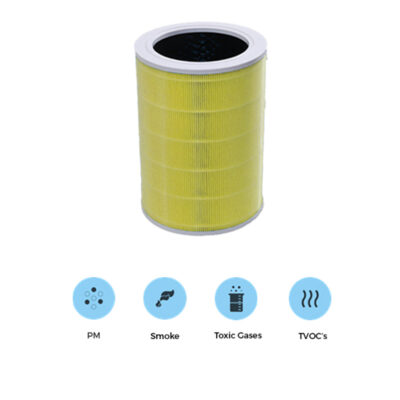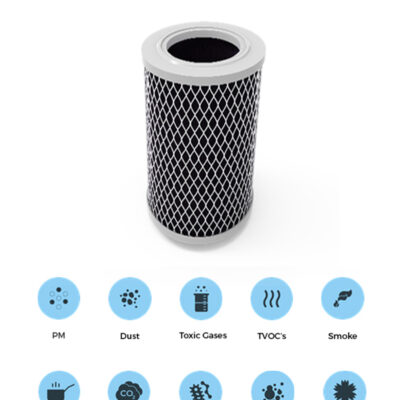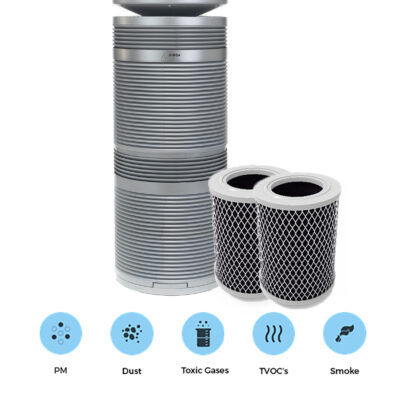
Bed roomHouseLiving room
What is Indoor air pollution definition and what are its effects in corporate buildings.
What is Indoor air pollution definition and what are its effects in corporate buildings.
Indoor Air Pollution
The indoor air quality can be five times more polluted than the outside air. Indoor air pollution has been ranked among the top five threats to the environment by EPA (Environmental Protection Agency). The air you breathe indoors directly influences mental work and physical performance. Researchers concluded that healthy indoor-air quality significantly improves the performance of people.
According to the literature, an increase in 10% dissatisfaction decreases performance by 1%. Field studies also showed significant improvements in performance with improved indoor-air quality. In indoor spaces, pollutants cannot escape easily from the buildings due to lack of proper air exchange and trapping. Indoor air pollution is more harmful and poses greater health hazards because on an average a person spends nearly two thirds of the day indoors. Indoor air pollution is a much more important concern to humans unlike water and soil pollution.
The chances of health risk due to bad air quality exposure are more than any other means. The adverse effects range from the user’s perception of comfort i.e., sick building syndrome, cardiovascular diseases, headache, fatigue to acute effects due to short-term exposure to harmful pollutants etc. Thus there is a need for an efficient and affordable solution for an Indoor Air Purification system to bring down the air pollutant concentrations and to provide clean air.
For Corporate Buildings
In industrialized countries, the population spends on an average about 80% of its time in workplaces and living quarters. Polluted outdoor air enters in office spaces, but there are also many sources of indoor pollutants, sometimes of the same nature as outdoor pollutants. In workplaces, air pollution can be more significant than outdoors.
However, it depends on location. A variety of expressions have been associated with illnesses caused by poor IAQ depending upon the environmental sensitivity including building related illness and sick building syndrome.
The symptoms of sick building syndrome are non-specific that is they are unidentifiable or the contaminable source is unidentified. Building related illness has been defined as an illness in which the causal factor can be identified clinically such as clinical signs, laboratory findings, and identifiable pollutants such as hypersensitivity pneumonitis, humidifier fever, asthma, and allergic rhinitis and other allergies.
Useful Links You Should Not Miss:
- Best air purifiers for home
- Best air purifier brand in India
- Air Purifier Benefits
- Best air purifier for air pollution
- How Air purifier works
- Air Filter
- AirOK BLISS Air Purifier
- vistar series
- vistar pro series
- vistar pro max series
- Mask
- Air purifying bags
- CO2 Solution
- Air Purification in Data Centers
- AirOK Breathe Safe Face Masks
- AirOK Air Purifier Filters








